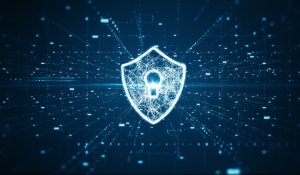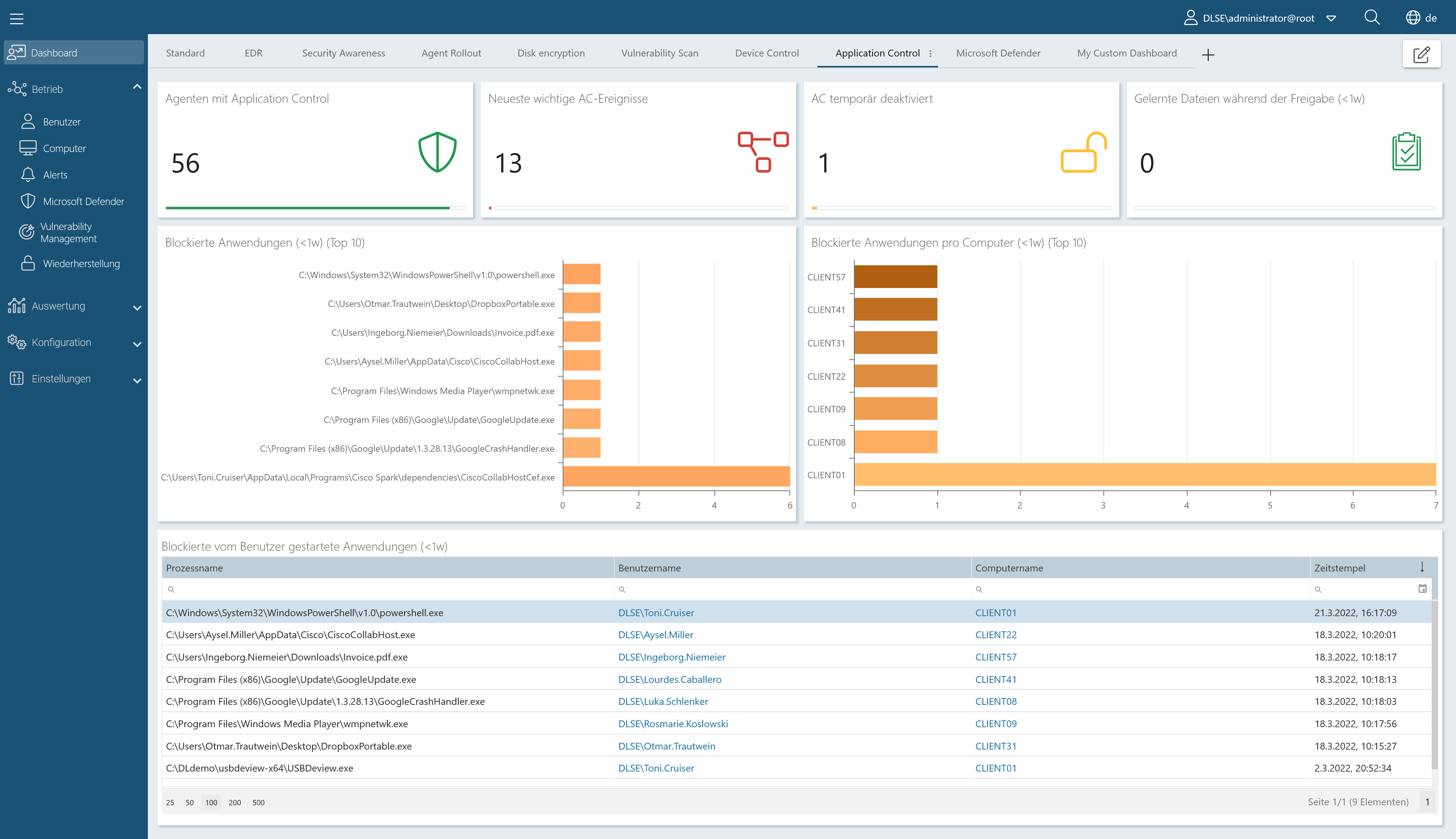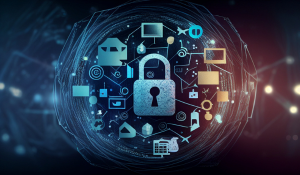Everything you need to know about spear phishing attacks
Among the many tactics employed by cybercriminals, one particularly insidious and targeted form of attack stands out: spear phishing. Spear phishing...

As we step into the digital frontier of 2024, the landscape of cybersecurity continues to evolve at an unprecedented pace. With each passing year, the interconnected web of technology becomes more intricate, presenting both opportunities and challenges for organizations worldwide. In this era of constant connectivity, staying one step ahead of cyber threats is not merely the best practice; it's a critical imperative.
| TABLE OF CONTNET |
As organizations continue to navigate the complex digital terrain, the stakes are higher than ever, demanding a proactive and adaptive approach to safeguard sensitive information. Join us on this journey as we unravel the key themes and innovations that will define IT security in the year 2024 and beyond.
The sophistication of social engineering assaults, adept at manipulating users into granting unauthorized access to systems, is anticipated to reach new heights. This escalation is fueled by the widespread use of generative artificial intelligence (AI) tools, such as ChatGPT, enabling a broader range of individuals to employ increasingly sophisticated and personalized strategies in their attacks.
As well as the prevalence of deepfake attacks is projected to rise significantly in the future, posing heightened challenges for individuals and organizations alike in defending against these more intricate and deceptive cyber threats.
Companies should be aware of the following cyber threats coming in 2024:
Cybercriminals may leverage artificial intelligence to create highly targeted and convincing phishing emails. AI algorithms could analyze vast datasets to craft messages that mimic the writing style of specific individuals, making them more difficult to distinguish from legitimate communication.
Advancements in malware delivery techniques might lead to the development of zero-click phishing attacks. In these scenarios, malicious content is delivered without any user interaction, exploiting vulnerabilities in email clients or other communication platforms automatically.
Next-generation phishing attacks might involve the use of deepfake technology to create convincing audio or video messages. Cybercriminals could impersonate high-profile figures within an organization, such as executives, to manipulate employees into divulging sensitive information or executing malicious actions.
Therefore, educating your staff is a crucial tool in strengthening IT security of your organization. Train your employees against next-level phishing attacks with our Security Awareness Training. Our training courses have more than 40 hours of content in the HD quality for both individual and group trainings.
FIND OUT MORE ABOUT SECURITY AWARENESS SOLUTION FROM DRIVELOCK!
The use of artificial intelligence and machine learning for threat detection and response is expected to advance, with more sophisticated algorithms capable of identifying and mitigating complex cyber threats in real-time.
As we propel into 2024, the rapid progression of artificial intelligence (AI) raises apprehensions about the surge in intricate and highly intelligent AI-driven attacks. The range of threats spans from deepfake social engineering initiatives to automated malware displaying intelligent behaviors designed to elude detection.
The evolving landscape of AI in 2024 introduces a heightened level of sophistication to cyber threats, demanding a proactive and adaptive approach to bolster defense mechanisms against these increasingly intricate assaults.
2024 will bring many changes in the cybersecurity regulation, especially in European Union, as well as in the United Kingdom. Both governments and businesses are aware of the risks posed to national security and economic growth.
This trend underscores a shift towards a more proactive and standardized approach to cybersecurity, as nations recognize the imperative of regulatory frameworks in addressing evolving cyber threats.
UK Product Security and Telecommunications Act by April 2024 which aims to establish regulations and standards to enhance the security of products within the telecommunications sector. It encompasses measures to safeguard against potential cyber threats and vulnerabilities in communication devices and infrastructure. The act focuses on promoting a secure and resilient telecommunications environment to protect sensitive data and ensure the reliability of communication networks.
NIS2 is designed to strengthen the cybersecurity framework across the European Union. It introduces updated requirements for essential service providers and digital service providers, aiming to enhance the overall resilience of critical infrastructure and online platforms. The directive emphasizes the need for member states to collaborate, share cybersecurity information, and adopt a harmonized approach to address evolving cyber threats.
According to Gartner, in 2024 ‘’ modern privacy regulation will blanket the majority of consumer data, but less than 10% of organizations will have successfully weaponized privacy as a competitive advantage.‘’(1).
Which means that organizations should start recognizing that implementing a privacy program can empower them to leverage data more expansively, distinguish themselves from competitors, and foster trust among customers, partners, investors, and regulators.
IT Security experts are recommending enterprises on a C-level should uphold a robust privacy standard aligned with GDPR, distinguishing themselves in a competitive market and fostering unrestricted growth.
Organizations face an increased need for proactive IT security tools to effectively safeguard their assets against a myriad of cyber threats. The escalating sophistication of cyber attacks demands a shift from reactive to proactive security measures.
Proactive tools, such as advanced threat detection systems, continuous monitoring, and artificial intelligence-driven analytics, empower organizations to identify and address vulnerabilities before they can be exploited.
As the volume and complexity of cyber threats continue to rise, adopting a proactive stance becomes imperative for organizations striving to stay one step ahead, fortify their defenses, and ensure the integrity and resilience of their IT infrastructure.
The DriveLock Device Control and Application Control solutions are certified according to Common Criteria EAL3+ and are proactive IT security tools. This means that DriveLock fulfils security standards for not only critical infrastructures but also healthcare and governmental institutions.

These IT security trends in 2024 collectively reflect the industry's commitment to innovation and adaptability in the face of evolving cyber threats. Embracing these trends empowers organizations to build robust defenses and navigate the complexities of the digital landscape with resilience and agility.
The IT security trends in 2024 underscore the imperative of staying informed and adopting proactive measures to counteract emerging threats. In the coming year, the interplay between attackers and defenders will undoubtedly intensify, but with foresight and adaptability, we can fortify our digital defenses. Here's to a safer and more robust digital future, grounded in the insights and preparedness inspired by the IT security trends in 2024.

Among the many tactics employed by cybercriminals, one particularly insidious and targeted form of attack stands out: spear phishing. Spear phishing...

As we move into 2025, the digital landscape continues to evolve, bringing new opportunities and challenges for businesses, governments, and...